Enter a surname, town name or other keyword to search the database. Remember to
allow for the different spellings of 'Mc' and 'Mac.' Good luck!
{Search tips: Use single word search terms for more results}
You must enter some valid character(s) into the search field
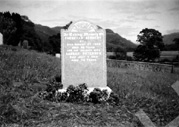
Reference: rh003
Hannah Paterson gravesite Subm...
|
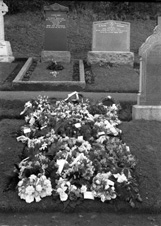
Reference: 31954b
Mrs Paterson, Loch Ness House ...
|
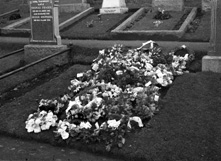
Reference: 31954a
Mrs Paterson, Loch Ness House ...
|
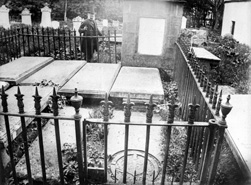
Reference: 47575b
Mrs Gordon, Pitcalzean, Nigg. ...
|
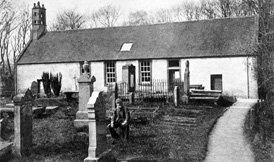
Reference: 47575a
Mrs Gordon, Pitcalzean, Nigg. ...
|
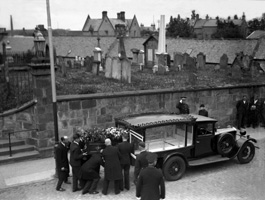
Reference: H-0218
Funeral leaving St. Laurence P...
|
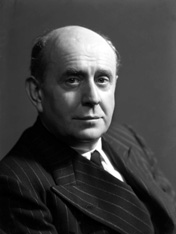
Reference: 37639
His Excellency Jan Masaryk, Vi...
|
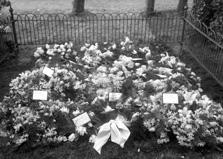
Reference: 26399b
Unidentified cemetery. Floral ...
|
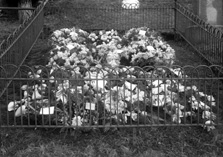
Reference: 26399a
Unidentified cemetery. Floral ...
|
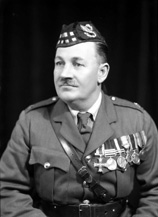
Reference: 28033a
Major Donald Munro MC (1880-19...
|
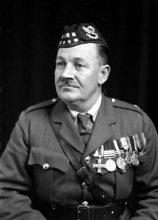
Reference: 28033b
Major Donald Munro MC (1880-19...
|
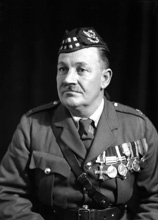
Reference: 28033c
Major Donald Munro MC (1880-19...
|